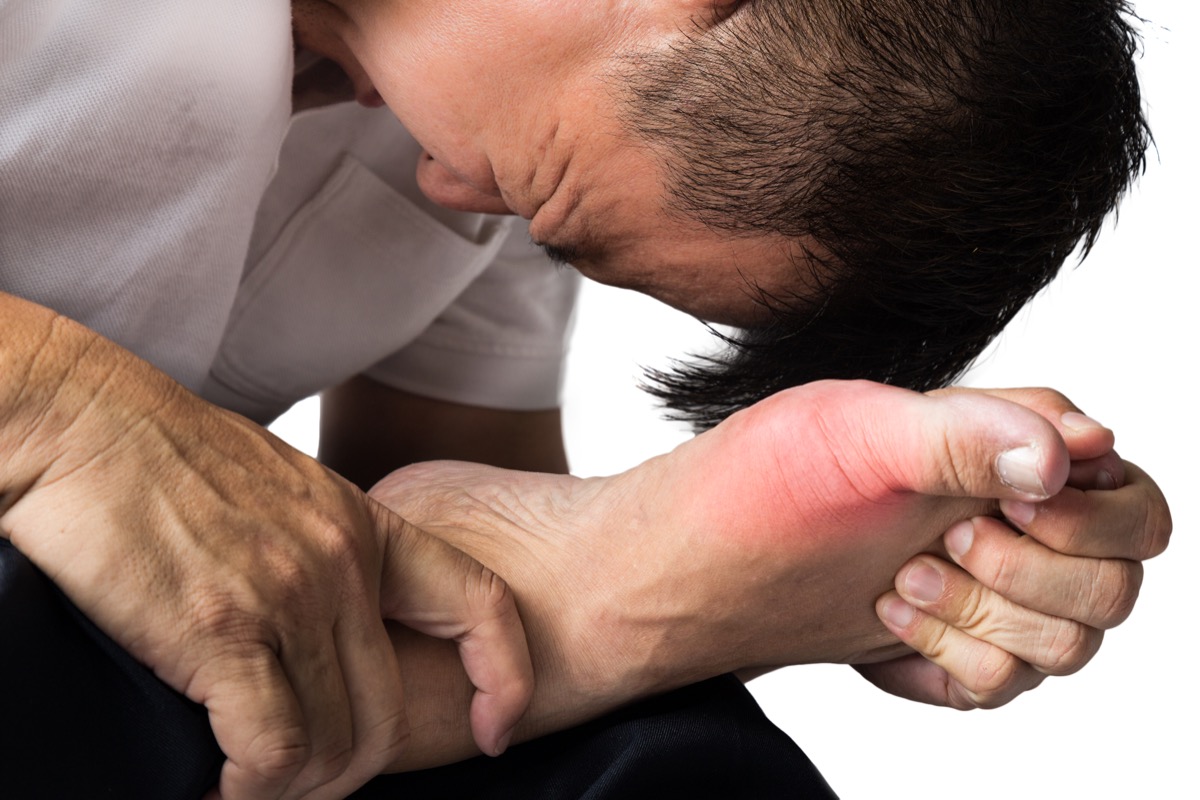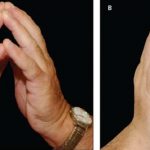Primary Symptoms of Diabetes
Once you’ve progressed to full diabetes, the symptoms will become more pronounced and must be managed if you want to avoid severe complications. If you’re suffering from type 2 diabetes, you might begin to experience yeast infections on a somewhat regular basis, which can grow around moist folds of skin. These areas include around sex organs, under the breasts, and between your toes and fingers. Suffering from diabetes means that you’ll be affected by high blood sugar. If this issue is left untreated, the high blood pressure can create problems with your blood flow and eventually cause damage to certain nerves that are needed for your body to heal properly. If you find that cuts or sores are taking longer than usual to heal, it’s possible that you’re suffering from diabetes.

Another clear sign that you’ve developed nerve damage because of your diabetes is numbness or pain within your legs and feet. If you begin to notice weight loss for no clear reason, it’s possible that your body has begun to burn fat cells and muscle for energy. Nausea and vomiting are also possible. If the nausea and vomiting are accompanied by other symptoms of diabetes, you should see a doctor to have the diagnosis confirmed. As for gestational diabetes, there are hardly any symptoms associated with this type.
You should also be aware of the warning signs of diabetes complications, which should allow you to obtain medical treatment before the issue worsens. The warning signs associated with diabetes complications include:
- Tingling and numbness within the feet and hands
- Poor vision
- Erectile dysfunction
- Very recent and rapid weight gain
- Itchy skin, which can be particularly prevalent around the groin
The three primary complications that can be attributed to diabetes include hypoglycemia, hyperglycemia, and a diabetic coma. Hypoglycemia occurs when the blood sugar levels have become far too low, which is indicated by such symptoms as shakiness, chills, hunger, weakness, dizziness, and confusion. When looking specifically at hyperglycemia, this condition is brought about by very high blood sugar. This specific complication comes with such symptoms as fatigue, unexplained weight loss, blurred vision, and skin infections.
Finally, a diabetic coma occurs when the body has very high blood sugar levels and is dehydrated. It’s possible for this complication to result in death, which is why it’s so important to identify the symptoms and obtain immediate medical attention. The main symptoms of a diabetic coma include a dry mouth, extreme amounts of thirst, vision loss, hallucinations, and a high fever.
More from Things Health
-
6 Warning Signs of Pre-diabetes
Diabetes is without a doubt one of the most common diseases in the United States. According to the American Diabetes Association, almost 10 percent of…
-
The Silent Signs and Symptoms of Diabetes
Early awareness of this serious disease is essential as vital organs and tissues can be compromised leading to permanent damage. It is possible to have…
-
Symptoms, and Treatment of Diabetes Insipidus
Diabetes insipidus, not to be confused with the much more common and unrelated diabetes mellitus, is a rare health condition that causes an imbalance of…
-
Gestational Diabetes
Gestational diabetes mellitus is a kind of diabetes mellitus that's common to mostly women that are pregnant. Changing about four percent of women which might…
-
Symptoms Of Ovarian Cancer
Ovarian cancer is often referred to as a quiet disease as it usually isn't discovered until it is in the advanced phases. In nearly all…

















